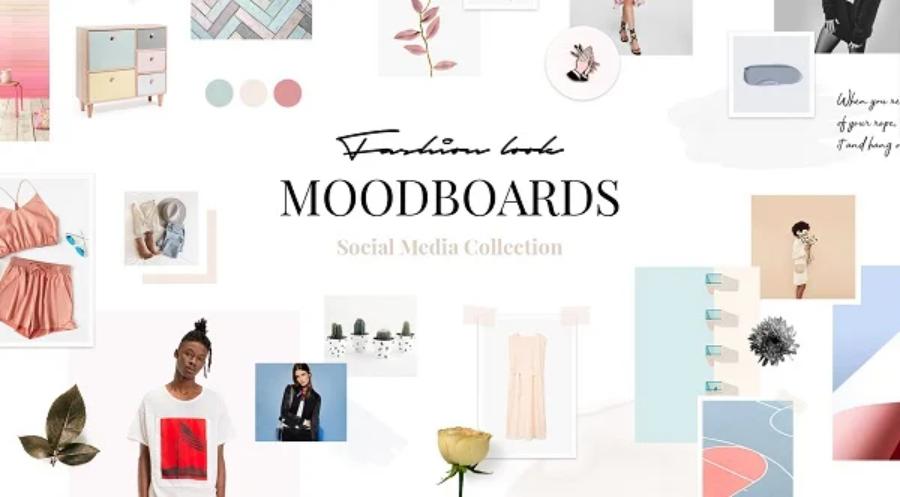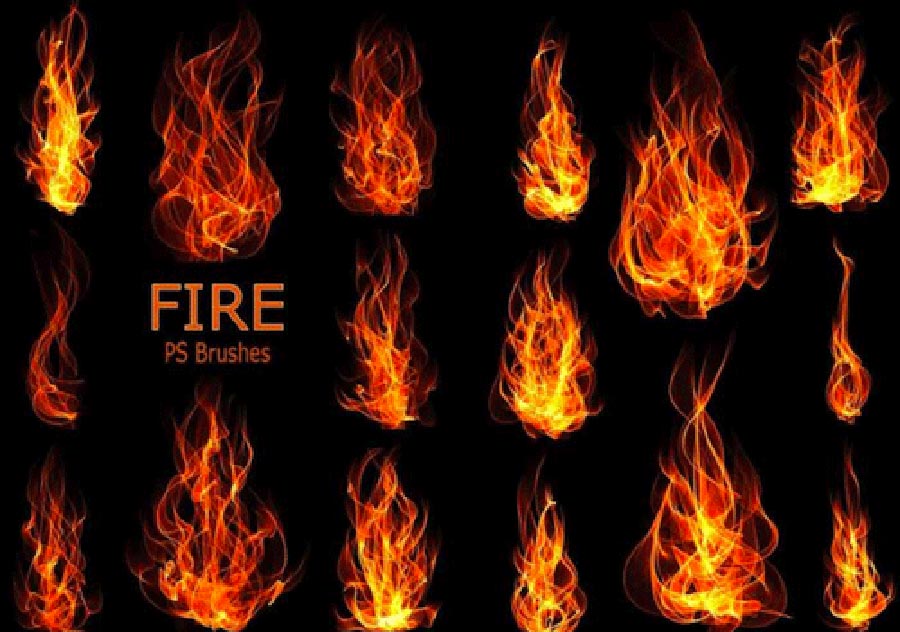Best Selling Products
A - Z Information About Moodboard, Secrets To Creating A Perfect Moodboard
Nội dung
- 1. What is a moodboard?
- 2. The role of Moodboard
- 2.1. Identify and Communicate Ideas
- 2.2. Create an Inspirational Foundation
- 2.3. Provide a First Look for Customers
- 2.4. Save Time
- 2.5. Minimize the Risk of Losing Time and Resources
- 3. Motherboard structure
- 3.1 Main components on the motherboard
- 3.2 Auxiliary components
- 4. Popular Types of Moodboards
- 4.1. Image Moodboard
- 4.2. Color Moodboard
- 4.3. Moodboard Material
- 4.4. Moodboard Words and Text
- 4.5. Combined Moodboard
- 5. How to choose the right motherboard
- 5.1 CPU compatibility
- 5.2 Motherboard size
- 5.3 Features and Extensibility
- 5.4 Cost
- 6. Install motherboard
- 6.1 Preparation steps
- 6.2 Motherboard installation process
- 6.3 Testing and Startup
- 7. Conclusion
Discover all about Moodboards: definition, role and types of Moodboards in design. Learn how to use Moodboards effectively for creative projects.

Moodboard is an extremely useful tool in the design creation process, especially in the graphic design, interior design and fashion industries. In the following article, Sadesign will help you learn information from A to Z about Moodboard, from its definition to the important role it plays in the design process. In addition, we will also introduce popular types of Moodboard and how to use them effectively to achieve optimal results in every creative project.
1. What is a moodboard?
Moodboards are an important tool used by designers to express the ideas, emotions, and style of a design project. In fact, moodboards help designers communicate abstract concepts through images, colors, shapes, materials, and other visual elements. This is an effective way to build a foundation and consensus in creative projects before moving into the detailed design process.
.jpg)
In design, a moodboard is more than just a collection of images; it is a tool to express the feeling and emotion that a design product wants to convey. It can be a combination of visual elements, graphics, materials and colors to convey a specific message or mood. Moodboards can be handmade, using boards or cardboard, or more modernly, using design software to create digital inspiration boards.
2. The role of Moodboard
Moodboards play a vital role in the design and creative process. Here are some of the key roles of Moodboards that every designer should understand:
2.1. Identify and Communicate Ideas
Moodboards help communicate initial design ideas quickly and visually. A clear Moodboard can help the creative team understand the direction of the project from the very beginning without the need for lengthy explanations.
2.2. Create an Inspirational Foundation
Through Moodboard, designers can synthesize images, colors, and styles that they like or are suitable for the project. This not only helps them have an overview of the project but also brings creative inspiration, making the design process smoother and more creative.
2.3. Provide a First Look for Customers
Moodboards are a powerful tool for presenting ideas to clients. Visually representing what you want to convey about a project can help clients visualize and get a feel for the style and spirit of the design. This is a great way to ensure that clients understand the design goals and direction.
2.4. Save Time
Having a Moodboard from the beginning helps to minimize changes and edits throughout the design process. Because the Moodboard helps the client and the design team have a consensus on aesthetics and ideas, it saves time and effort when implementing the next steps.
2.5. Minimize the Risk of Losing Time and Resources
With Moodboards, design teams can easily experiment and try out different styles without having to create each piece in detail. This helps to minimize aesthetic errors and avoid rework, saving both time and money.
3. Motherboard structure
.jpg)
3.1 Main components on the motherboard
A motherboard has many components, including:
CPU Socket : This is where the CPU is attached, there are usually different types of sockets compatible with each processor line from manufacturers such as Intel and AMD.
RAM Slots : These are the slots for installing RAM. Motherboards usually have between 2 and 8 slots, depending on the model.
Chipset : Is an intermediate controller between the CPU and other components in the system, helping to process and transmit data.
PCIe slot : Used to install expansion cards such as graphics cards, sound cards, network cards...
Connection ports : USB, HDMI, LAN, audio ports… help connect the motherboard to peripheral devices.
3.2 Auxiliary components
In addition to the main components mentioned above, the motherboard also has many auxiliary components such as:
Resistors, capacitors, circuits : Help protect and stabilize the power source for other components.
BIOS Chip : Is the basic software that stores system configuration information and controls the computer startup process.
SATA and M.2 ports : Used to connect hard drives and SSDs.
4. Popular Types of Moodboards
.jpg)
Moodboards can be divided into different types depending on the needs and design field. Below are the common types of Moodboards that designers often use:
4.1. Image Moodboard
Visual moodboards are the most common and easy to understand. Made up of photos, illustrations, or drawings, these moodboards help convey emotion through images. Typically, the photos are chosen to reflect the style, color, and feel the designer wants to convey in the final product.
4.2. Color Moodboard
A color moodboard focuses primarily on the color palettes, color combinations, or different color shades that the designer wants to use in his or her project. This type of moodboard helps in making color choices consistent and in line with the mood or theme of the project. A beautiful and suitable color palette can enhance the aesthetics of the product and convey the right message to the customers.
4.3. Moodboard Material
Material moodboards are often used in interior design or product design. They focus on showing materials, such as fabric, wood, metal, glass, or stone, so that the designer can visualize and decide what materials will be used in the project. Choosing the right materials enhances the aesthetics as well as the durability and feel of the product.
4.4. Moodboard Words and Text
A word moodboard typically uses short paragraphs, phrases, or quotes to convey a feeling or message. These words help clarify the style and ideas of the project. They can be accompanied by images and colors to create a visual space that combines images and words.
4.5. Combined Moodboard
A combination moodboard is a combination of images, colors, textures, words, and other elements. This is the most popular type of moodboard when designing creative projects because it fully represents the necessary elements to convey an overall design idea. A perfect combination moodboard will help the design have visual and emotional harmony.
5. How to choose the right motherboard
To maximize the benefits of a motherboard, users need to choose the right motherboard.
5.1 CPU compatibility
The first and most important thing to consider when choosing a motherboard is to make sure that it is compatible with the type of CPU you plan to use. The motherboard socket type should match the CPU socket, for example LGA 1151 for Intel or AM4 for AMD.
5.2 Motherboard size
The size of the motherboard will depend on the space available in your computer case and your needs. If you need a compact system, a Micro ATX or Mini ITX motherboard is a good choice. If you need a powerful system, an ATX or E-ATX motherboard will be the optimal choice.
.jpg)
5.3 Features and Extensibility
If you plan to expand your system in the future, make sure your motherboard has enough PCIe slots, USB ports, and the ability to support multiple hard drives. Check for ports like USB 3.0, USB-C, and HDMI to ensure compatibility with peripherals.
5.4 Cost
The price of motherboards can vary greatly depending on the features and brand. However, you don’t need to spend too much money on a motherboard if you only use your computer for office work or study. On the other hand, if you are a gamer or need high performance, investing in a high-end motherboard is a reasonable choice.
6. Install motherboard
Installing a motherboard correctly requires not only care but also technical knowledge to ensure smooth operation. From choosing the right motherboard to connecting each component, every detail plays a key role in creating a powerful system.
6.1 Preparation steps
Before you begin installing your motherboard, you’ll need to gather a few tools, such as a screwdriver, thermal paste (if needed), and a clean workspace. Also, make sure your case has enough space and ports to accommodate your motherboard.
6.2 Motherboard installation process
Step 1 : Install the CPU into the motherboard socket. Make sure you install it in the correct direction and do not break the CPU pins.
Step 2 : Install the RAM into the slots. Remember to check if you have installed the RAM sticks correctly.
Step 3 : Attach expansion cards such as graphics cards or sound cards to the PCIe slots.
Step 4 : Install the hard drive and connect it to the SATA or M.2 port.
Step 5 : Connect all power cables, cooling fans and peripheral connection ports.
6.3 Testing and Startup
After installation, double check all connections, make sure all components are tight and in place. Turn on the computer and check if the motherboard recognizes all hardware devices.
Buy Cheap Licensed Software
7. Conclusion
By understanding the role, function and types of Moodboard, you will be able to use this tool more effectively, thereby bringing your design projects to success. If you are looking for a reputable address that provides quality design software , do not forget to refer to the Sadesign Website to make the right decision!












































